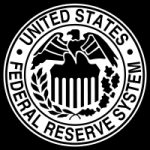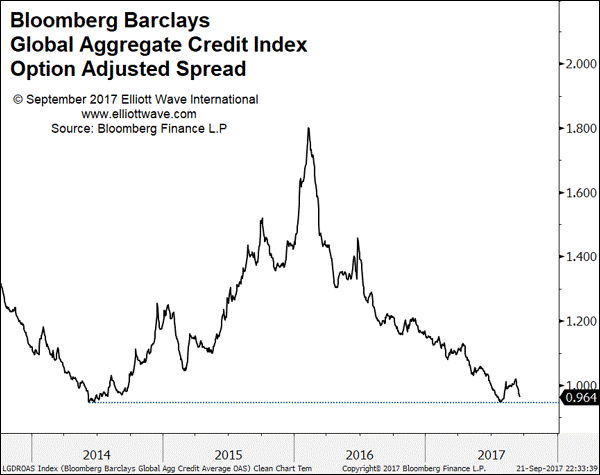
In March 2009, the FED announced that it would purchase another $750 Billion in junk mortgages (Mortgage Backed Securities) and $300 Billion in Treasury Securities primarily because the rate of inflation was still heading down. The inflation rate increases to almost 4% but when QE2 stops the inflation rate begins falling again.
On September 13, 2012 the FED announced QE3 which was $40 Billion a month in purchases and on December 12, 2012 they announced an additional $45 Billion per month with no definite end in sight.
Now they want to start unwinding all that funny money and so they are planning on reducing the Treasury Notes on their books. See “What Happens When the Fed FINALLY Reduces Its $4.5 Trillion Balance Sheet?” below for more information.
Many people believe that a massive portion of that excess liquidity flowed into the stock market and that is what has propped it up over the last 5 years. If that is the case it is likely that draining that money out of the economy will have the opposite effect and deflate the stock market as well.~Tim McMahon, editor.
What Happens When the Fed FINALLY Reduces Its $4.5 Trillion Balance Sheet?
From the Insights column of our Interest Rates Pro Service
By Elliott Wave International
So, there we have it. Deflation has started.
The Federal Reserve announced last month that they would start to reduce their $4.5 trillion balance sheet in October, thereby starting the process we call Quantitative Tightening (QT). As expected, they are aiming to do it gently and quietly, by not reinvesting bonds as they mature, starting with sums of around $6 billion of Treasuries and $4 billion in Mortgage-Backed Securities (MBS). The scale of non-reinvestment will gradually increase. Once in full swing, the Fed’s balance sheet could reduce by up to $150 billion each quarter.
Conventional analysis might conclude that the Fed’s balance sheet reduction (deflation) would be bad for US Treasuries and MBS — after all, those are the instruments not now being bought by the Fed. Notwithstanding the fact that we dismiss that sort of causality thinking anyway, we’re not conventional analysts, and take a different angle.
As the Insights column of our Interest Rates Pro Service alluded to last month, the Fed’s QE program has crowded out investors in the US Treasury space. The market supply of US Treasuries was reduced by the Fed’s program and so it forced bond investors to buy other instruments, such as corporate bonds. Now that more US Treasuries are going to be available for investment, those funds may be tempted to switch the corporate bonds they hold back into (“safer”) US Treasuries. The unintended consequence of QT, therefore, may well turn out to be a widening in corporate bond yield spreads.
So, what to look for? Our Bond Market Monitor tracks corporate bond spreads on a daily basis, so the first sign of stress can be seen there. We will be keeping an especially close eye on the trend of the Bloomberg Barclays Global Aggregate Credit index yield spread because, as our chart below shows, it may have found solid support at the old 2014 low.
Your Bond Fund: It’s Riskier Than You ThinkQuantitative Easing (QE) changed the bond markets in ways many don’t realize. And now that QE is unwinding, investing in bonds comes with pitfalls that are too risky to overlook. This new resource from EWI’s Murray Gunn offers insights you don’t want to miss. Get your free report, Your Bond Fund: It’s Riskier Than You Think. |
This article was syndicated by Elliott Wave International and was originally published under the headline What Happens When the Fed FINALLY Reduces Its $4.5 Trillion Balance Sheet?. EWI is the world’s largest market forecasting firm. Its staff of full-time analysts led by Chartered Market Technician Robert Prechter provides 24-hour-a-day market analysis to institutional and private investors around the world.

